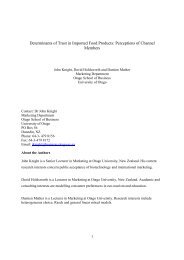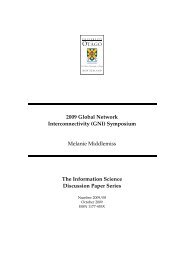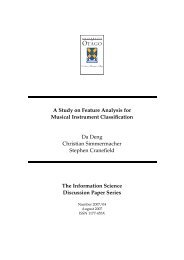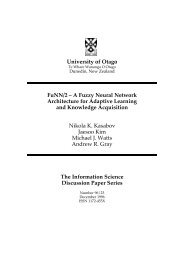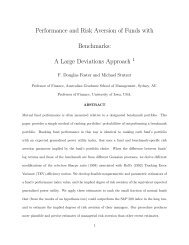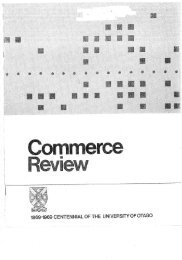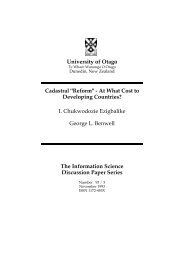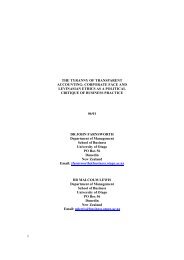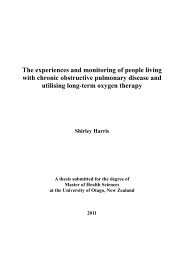Where is R2P grounded in international law? Anne-Marie Judson A ...
Where is R2P grounded in international law? Anne-Marie Judson A ...
Where is R2P grounded in international law? Anne-Marie Judson A ...
Create successful ePaper yourself
Turn your PDF publications into a flip-book with our unique Google optimized e-Paper software.
CHAPTER 2 – RIGHTS, DUTIES, AND RESPONSIBILITIES OF STATES<br />
THE FINAL DRAFT ARTICLES - COMMENTARY AND DISCUSSION<br />
From the 1960s the International Law Comm<strong>is</strong>sion had been work<strong>in</strong>g on the<br />
responsibility of states for <strong>in</strong>ternationally wrongful acts. Th<strong>is</strong> work borrowed from and<br />
build<strong>in</strong>g on earlier work by Amador Garcia reflects the collective oeuvre of the<br />
International Law Comm<strong>is</strong>sion s<strong>in</strong>ce 1946. Like Amador Garcia’s early work it can be<br />
considered today a magnum opus. Although the work has not been considered at the<br />
United Nations general assembly meet<strong>in</strong>gs s<strong>in</strong>ce 2007 the work nevertheless has been<br />
<strong>in</strong>tegrated <strong>in</strong>to obiter dictum and op<strong>in</strong>io jur<strong>is</strong> of the International Court of Justice on<br />
several occasions. In light of th<strong>is</strong>, some parts of the work are still considered<br />
contentious, especially regard<strong>in</strong>g the rules concern<strong>in</strong>g peremptory rules, jus cogens and<br />
erga omnes jur<strong>is</strong>diction <strong>in</strong> <strong>in</strong>ternational <strong>law</strong>. These d<strong>is</strong>cussions will be further analyzed<br />
<strong>in</strong> Chapter 3 under the rule of <strong>law</strong>. The emphas<strong>is</strong> of the draft articles <strong>is</strong> on the<br />
secondary performance rules of <strong>in</strong>ternational <strong>law</strong>, which relate specifically to<br />
responsibility of the state. Th<strong>is</strong> <strong>in</strong>cludes the wrongful actions or om<strong>is</strong>sions of the state<br />
and the legal consequences of these actions or <strong>in</strong>actions <strong>in</strong> <strong>in</strong>ternational <strong>law</strong>.<br />
Roberto Ago, as mentioned previously, was the ma<strong>in</strong> Special Rapporteur to the<br />
International Law Comm<strong>is</strong>sion for orientation and collation of the project. Roberto<br />
Ago stated that the responsibility arose from the violation of the primary rules. The<br />
articles focus on the secondary rules <strong>in</strong> that they lay down the foundations for<br />
determ<strong>in</strong><strong>in</strong>g the obligations of the state and the legal consequences that come from<br />
the violation or breach of those rules. In other words the articles deal with the conduct<br />
of the state and the breach or om<strong>is</strong>sion that has taken place.<br />
“International responsibility results exclusively from a wrongful act contrary to<br />
<strong>in</strong>ternational <strong>law</strong>.” 82<br />
Article 1 declares that, “every <strong>in</strong>ternationally wrongful act of a state entails the<br />
<strong>in</strong>ternational responsibility of the state”. In other words the state that has breached or<br />
82 International Law Comm<strong>is</strong>sion. (2001). Draft Articles on the Responsibilities of States for <br />
<strong>in</strong>ternationally wrongful Acts with commentaries A/56.10. United Nations, Yearbook of the <br />
International Law Comm<strong>is</strong>sion, Volume ii, Part two, (2) <br />
<br />
35




